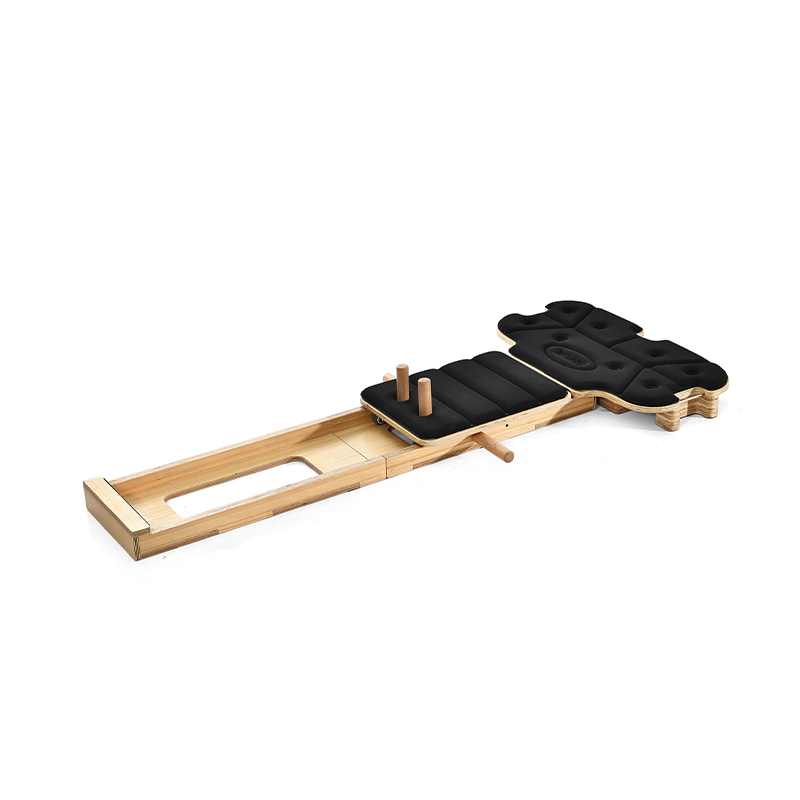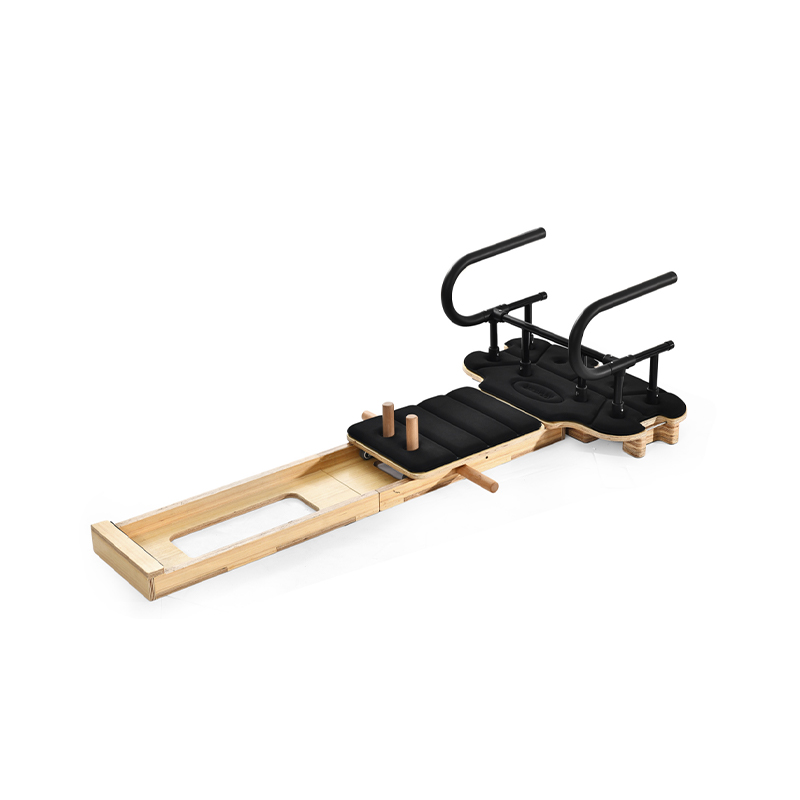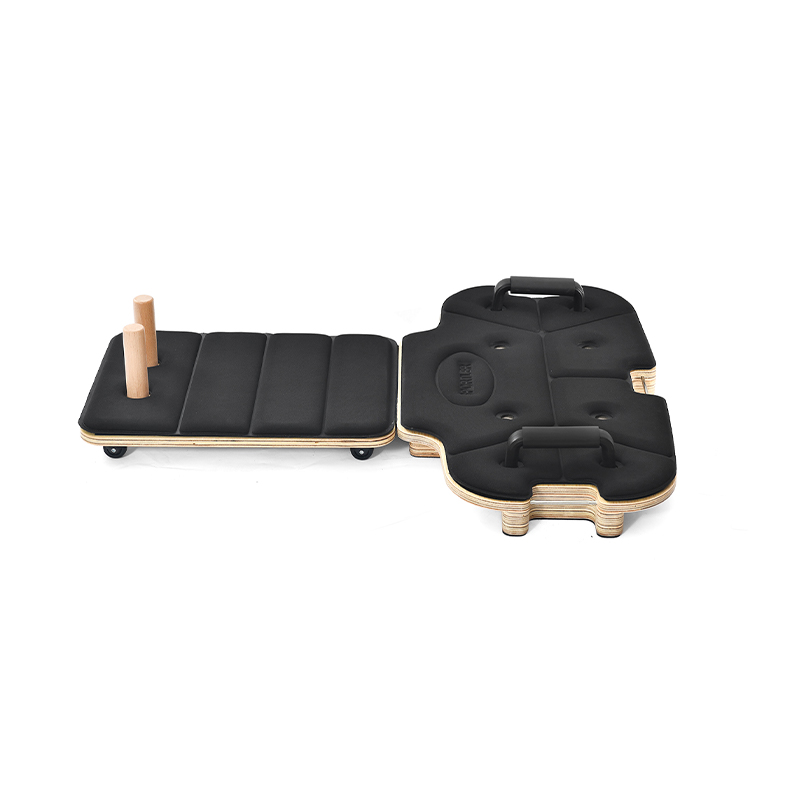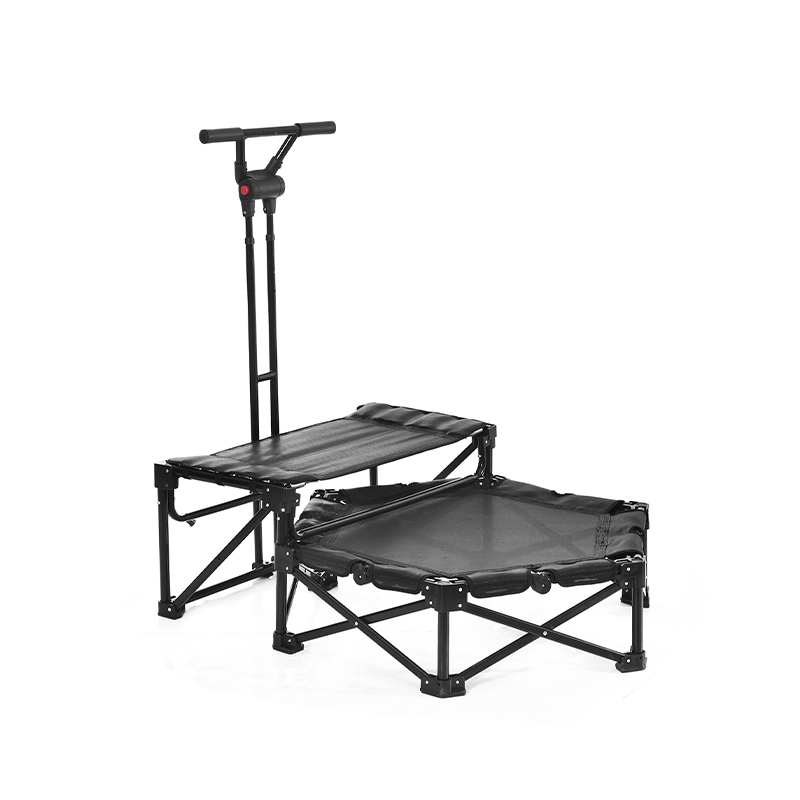Portable gym footwork training equipment is designed to help users develop agility, coordination, speed, and precision in their lower body movements. Lightweight and easy to transport, this type of equipment is widely used in sports training, home fitness routines, and rehabilitation programs. It enables athletes and fitness enthusiasts to perform targeted drills that improve foot speed, balance, and directional control.
This category of equipment typically includes agility ladders, resistance bands, cone markers, step platforms, and footwork mats. These tools can be set up in small indoor spaces or used outdoors, making them suitable for various environments. Their portability allows users to carry them to gyms, parks, or training fields, promoting consistent practice regardless of location.
Agility ladders, one of the more common tools in footwork training, allow users to practice rapid foot placement in and out of designated spaces. Exercises such as lateral shuffles, high knees, and single-leg hops enhance rhythm, timing, and coordination. These drills are especially useful for athletes involved in sports like soccer, basketball, tennis, and martial arts.
Resistance bands for the lower body are often incorporated into footwork drills to strengthen leg muscles and increase movement efficiency. When attached around the thighs or ankles, they provide added tension that helps activate stabilizing muscles and improve stride power. This pilots to greater control and strength during quick direction changes or explosive steps.
Cone drills and directional markers are useful for simulating real-world movement patterns, including pivoting, sprinting, and lateral motion. Training with cones enhances reaction time and cognitive response as users follow changing movement cues. This helps build quick decision-making skills and spatial awareness under pressure.
Some portable footwork tools include elevated platforms or balance-focused designs. Step boards, for instance, encourage plyometric movement, engaging the muscles involved in jumping and landing. Similarly, balance domes or wobble boards challenge stability and control, which are vital for preventing injuries and maintaining form during dynamic activity.
One of the major advantages of portable footwork equipment is its accessibility. It is suitable for users of various fitness levels, from beginners aiming to improve general movement quality to advanced athletes refining their speed and agility. more exercises can be modified in intensity or complexity, making the equipment versatile for different training goals.
Safety during use is important. Performing drills on a flat, non-slip surface helps prevent falls and ensures stability. Users should warm up properly and wear appropriate footwear to reduce strain on the joints. Beginners are encouraged to start slowly and focus on technique before increasing speed or resistance.
Maintenance of portable gym footwork training equipment is generally simple. more tools are made from durable, easy-to-clean materials such as nylon, rubber, and plastic. Regular inspection helps identify any wear or damage, especially with bands and ladders, which experience frequent stress during use.
Beyond physical benefits, footwork training also contributes to mental focus and body awareness. The repetition of structured patterns trains the mind and body to work together, enhancing athletic performance and reducing reaction time.
In summary, portable gym footwork training equipment offers a practical, flexible way to improve agility, strength, coordination, and balance. Its compact and transportable design supports regular training at home, in studios, or outdoors.


 English
English русский
русский Español
Español







